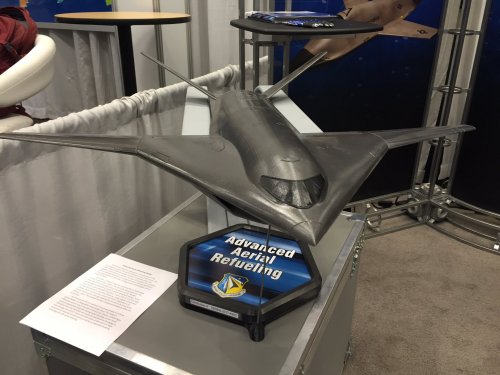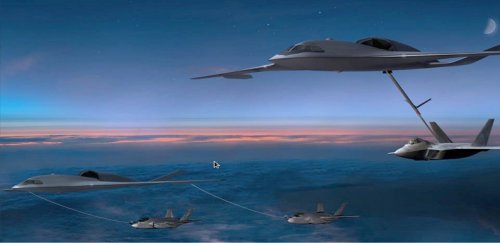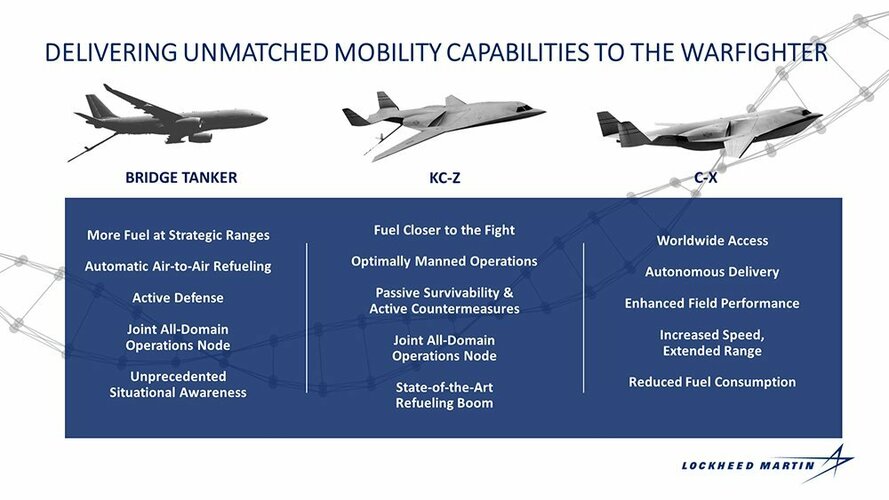The Air Force is mapping out the unprecedented capabilities it will need in a next-generation tanker, laying out an aggressive timeline for the “KC-Z” while it is only just getting the KC-46 to operational status. It’s not expected at this point that the KC-Z will be stealthy, however.
Air Mobility Command boss Gen. Maryanne Miller said it will take a year to identify the capabilities it wants in the future tanker, a process that is beginning right now. These requirements will be driven by the threat, as laid out in the National Defense Strategy and USAF’s Next Generation Air Dominance future fighter system. “We’ll have a tanker that supports” NGAD, she said, though she said it’s too early to say what exactly what will mean; whether, for example, the future tanker will be autonomous.
“Our priority right now is going to be the KC-Z,” she said.
While the specific requirements aren’t set, Miller said it looks for now as if stealth won’t be a requirement for KC-Z. While the tanker may need to get closer to the fight, no one knows how to keep a tanker stealthy once it deploys its refueling boom, so that feature isn’t likely to be required, she observed. Alternately, AMC is looking at a Navy study suggesting a “mother tanker:” a larger tanker that refuels smaller aircraft, which then go forward to refuel other platforms. However, she also called this prospect unlikely.
The Air Force is mapping out the unprecedented capabilities it will need in a next-generation tanker, laying out an aggressive timeline for the “KC-Z” while it is only just getting the KC-46 to operational status.

www.airforcemag.com
I wonder the USAF is looking at the MQ-25 for their tanker role. One reason that tankers are typically built on airliner-sized platforms is efficient use of costly crews. Once they're taken out of the equation, a larger number of smaller, stealthier tankers might make sense. There are obvious cons to this idea:
- Unlike present tankers, the MQ-25 has no potential as a transport. If tankers are expected to operate in higher-threat airspace in the future, maybe if makes sense to separate the roles.
- The MQ-25 is probably unable to carry a flying boom system. This would probably make it unsuitable for refueling large aircraft, but that's probably not the mission where stealth and attritability is most required. Tactical aircraft could be relatively easily fitted with probe receivers.






